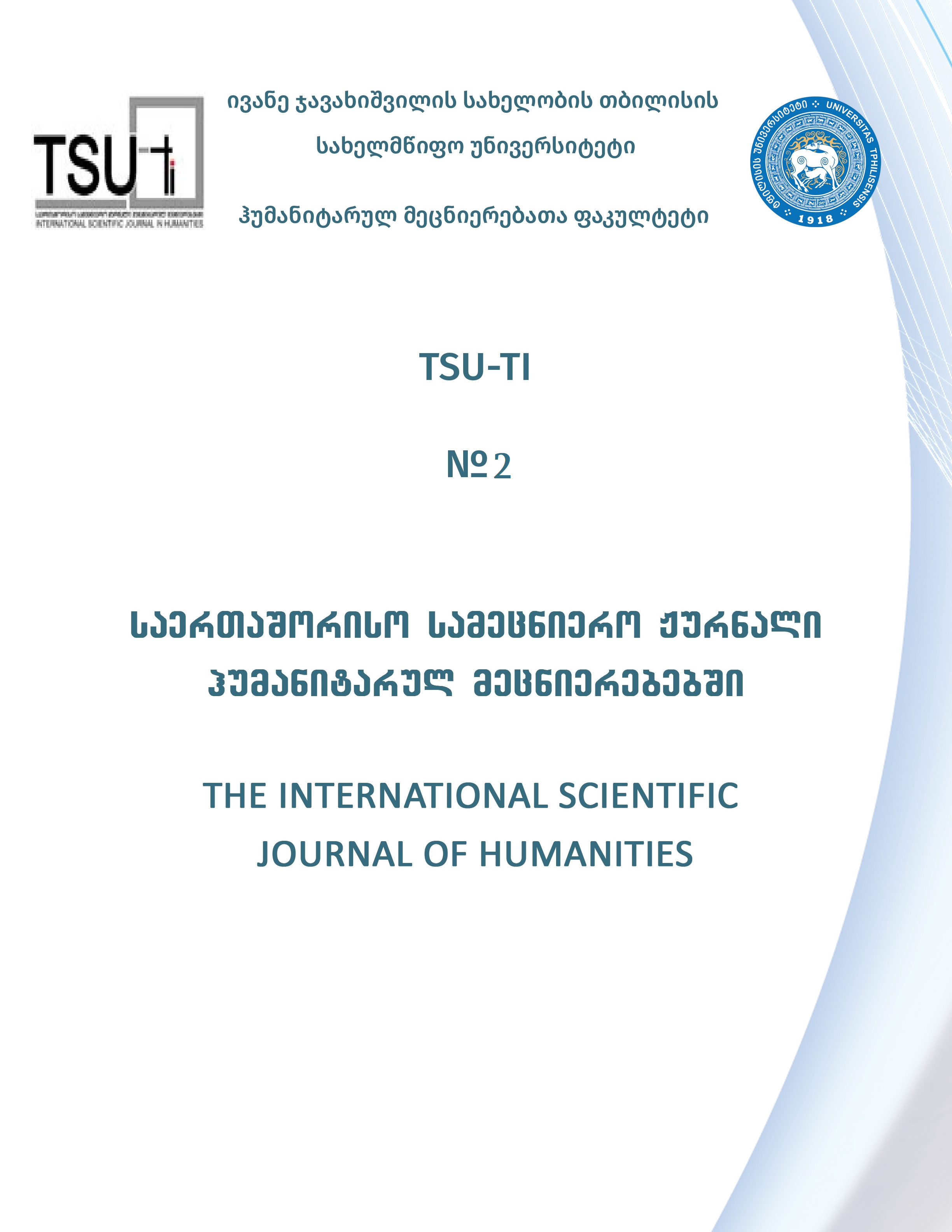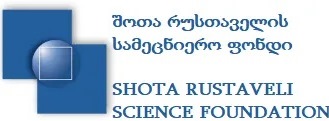The Symbol of Lion in Georgian Literature
DOI:
https://doi.org/10.55804/TSU-ti-2/TurmanidzeKeywords:
lion, symbol, predatory, hagiography, "the Knight in the Panther’s Skin"Abstract
The subject of our research is the symbolism of the lion as a predator. The aim of the research is to present the symbolic paradigm of the named animal diachronically. It is interesting how the facial expression of the lion traveled from the ancient samples of Georgian writing to the literature of the later period. Hagiography relies on the Bible, therefore, the lion appears mainly as a symbol of evil due to its predatory nature. In heroic literature, its understandings are different - the lion is found in both negative and positive contexts. It can be said that one of the things that differentiates secular and religious writings is the different understanding of specific symbols. The topic is relevant even today, because we find symbols, metaphors and allegories everywhere and all the time. We use it in speaking, writing, even in our daily life. The symbol is the greatest phenomenon in artistic thought. It turns the event into an idea in such a way that the latter becomes inaccessible and infinitely effective. That's why it's always worth searching for. Scientists of all times and eras have attached great importance to the research of symbols, and today we have facial linguistic paradigms for many subjects. As such, we often find the lion in mythology, in the culture of different countries, in royal initiations, in arts and religions. Georgian culture also knows this symbol very well. The best illustration of this is "Golden Lion" dated to the second half of the III millennium. It should not be a coincidence that at that time Kartvelian tribes paid special attention to this animal and began to depict it. The lion, as the embodiment of a strong guard, can be found on the Georgian coat of arms. The lion is also represented on the shields of the kings of ancient countries. In the history of Georgia, the lion is represented on the equipment of Vakhtang Gorgasali. Of course, a great deal of knowledge and experience about symbols has been accumulated by scientists of old and new times, but we still think that turning to this subject will always allow us to make new conclusions, because facial thinking is inexhaustible. In each era, this or that symbol acquires a new meaning. That is why we were interested in the diachronic study of the symbolism of the lion. The research method is the comparison-analysis of the symbolic meanings of the lion. Depending on the content of the text, we search the context in which the named animal is given and make parallels from other texts. In this respect, the symbolism of the lion is very diverse: although hagiography and hymnography are uniquely based on the Bible the linguistic understanding of the lion is still different. Finally, after the diachronic picture of the lion's symbolism we will find that, in contrast to religious writings, in secular writings, especially in The Knight in the Panther’s Skin
References
ბიბლია. (2009). თბილისი.
გამსახურდია, ზ. (1991). „ვეფხისტყაოსნის“ სახისმეტყველება“, გამ: „მეცნიერება“, თბილისი.
მტბევარი. (2008). ქართული ჰაგიოგრაფიული ძეგლები, I-II-III ტ, თბილისი
ნოზაძე, ვ. (1957). „ვეფხისტყაოსნის“ ვარსკვლავთმეტყველება, http://dspace.nplg.gov.ge/bitstream/1234/12060/1/Varskvlavtmetkveleba%20-.pdf
რობაქიძე, გრ. (2018). გველის პერანგი, თბ, გამ: „არტანუჯი“.
რუსთაველი, შ. (2009) „ვეფხისტყაოსანი“, თბილისი.
სირაძე, რ. (1982). სახისმეტყველება, თბილისი: „ნაკადული“.
ამირეჯიბი, ჭ. დათა თუთაშხია“ იხ. https://eon.ge.
ხონელი, მ. „ამირანდარეჯანიანი“ https://library.iliauni.edu.ge.
Downloads
Published
How to Cite
Issue
Section
License
Copyright (c) 2025 Authors Retain All Rights. TSU-ti has Only the Right of the First Publication.

This work is licensed under a Creative Commons Attribution-NonCommercial-NoDerivatives 4.0 International License.










